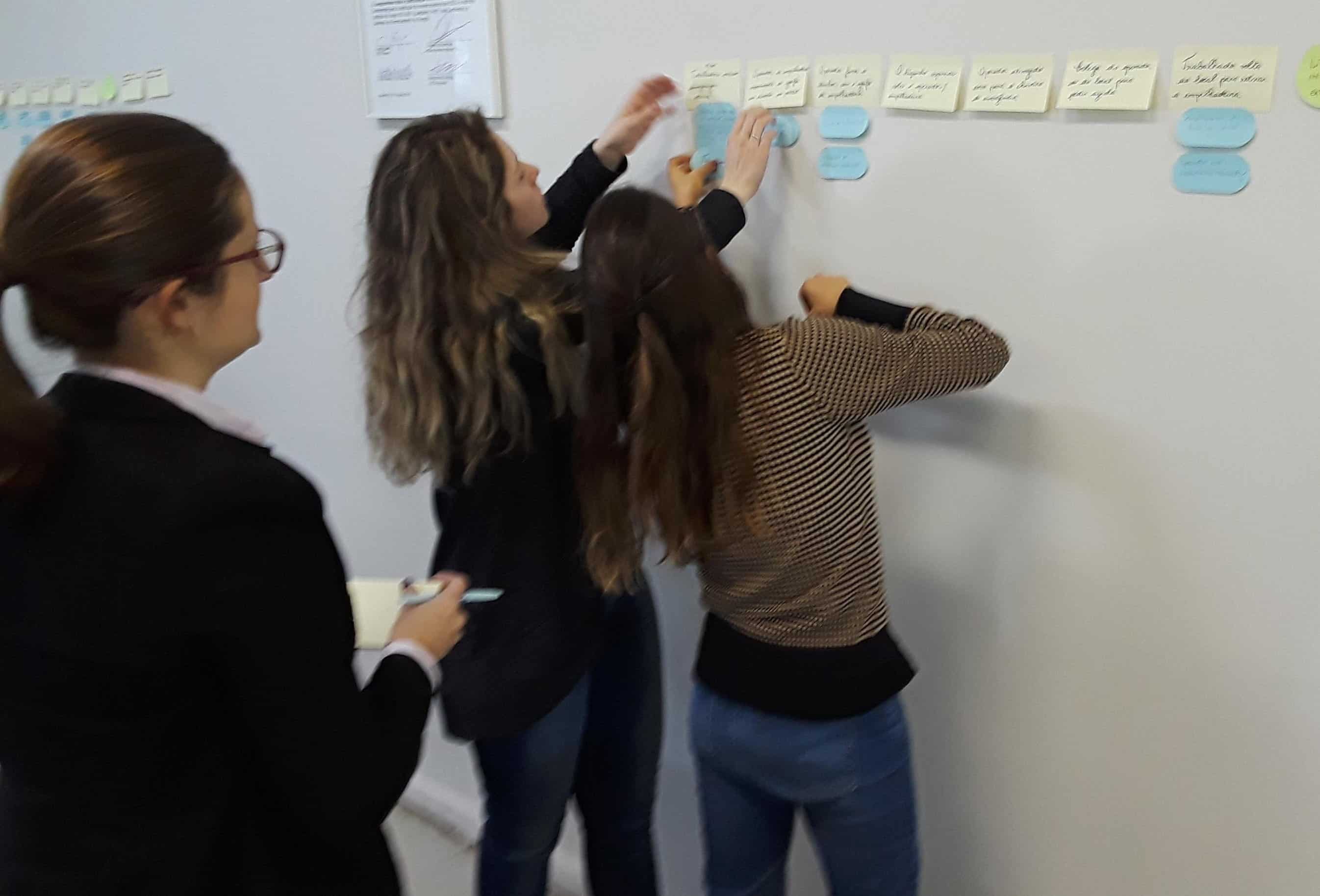Is Your Job Safe? 3 Things Every Worker Needs to Know About Risk Management

Whether in an industrial plant or a quiet office, one question remains critical: Is your job safe? Every role comes with risks—some are glaringly obvious, while others are more subtle but equally dangerous. Neglecting these risks or becoming complacent can lead to accidents, injuries, or long-term health problems. By mastering the basics of risk management, you can better protect yourself, take proactive steps for your safety, and contribute to creating a secure work environment for everyone around you.
Let’s explore three crucial things every worker should know about managing risks effectively, no matter the industry.
1. Understand the Risks in Your Environment
Every workplace has unique safety challenges; understanding them is the first step to minimizing them. While physical hazards, such as heavy equipment or wet floors, may appear more critical, less visible risks—like repetitive strain injuries or mental stress—can be equally harmful over time.
To ensure a safe work environment, conduct regular self-checks of your workspace.
- Are walkways clear?
- Is the equipment in good working order?
- Are you aware of less obvious risks, such as poor ergonomics or inadequate lighting that might strain your eyes?
Stay informed about the safety procedures specific to your industry. Many employers provide resources or training to help you recognize and mitigate these risks.
TapRooT® RCA Can Help:
When risks are identified, TapRooT® Root Cause Analysis (RCA) provides a proven method to investigate the causes. For example, if a recurring hazard is flagged, TapRooT® tools can pinpoint whether the issue stems from inadequate training, faulty equipment, or another underlying problem. Addressing the root cause ensures a safer environment moving forward.
2. Advocate for Safety by Speaking Up
It’s easy to assume someone else will report a hazard, but silence can lead to accidents. Whether it’s a loose handrail or a pattern of unsafe practices, addressing concerns early can prevent bigger problems later.
- Practice immediate hazard reporting. Most workplaces have a system for reporting unsafe conditions or near-miss incidents. Make sure you are familiar with these protocols.
- Participate in safety meetings. Sharing your observations or concerns can lead to solutions that benefit everyone.
- Encourage your colleagues to take safety seriously. Support a culture of accountability within your team.
TapRooT® RCA Can Help:
Creating a safe workplace depends on addressing concerns constructively and systematically. TapRooT®’s approach fosters a blame-free environment where issues can be openly discussed and analyzed. Focusing on solving problems rather than assigning faults helps teams collaborate more effectively to improve safety standards.
3. Recognize Your Role in Risk Management
Safety is not solely the responsibility of managers or safety officers; it requires a collective effort from everyone on the team. Each employee plays a vital role in fostering a safe work environment by staying alert, following established procedures, and being proactive in helping others recognize potential risks.
- Wear personal protective equipment (PPE) when required, and ensure it fits properly.
- Familiarize yourself with emergency protocols specific to your workplace. Knowing how to respond to a crisis can save lives.
- Lead by example by adhering to safety guidelines and politely reminding others to do the same.
TapRooT® RCA Can Help:
TapRooT® doesn’t just help after an incident; it’s also a proactive tool. By analyzing potential risks and incorporating feedback from employees, organizations can establish stronger preventative measures. Tools like the Root Cause Tree® ensure everyone understands their role in mitigating risks.
Why Risk Management Matters for Everyone
Even in industries often viewed as “low-risk,” workplace hazards can still have significant consequences. Slip-and-fall accidents, repetitive stress injuries, ergonomic challenges, and workplace stress can result in lost productivity, financial burdens, and personal suffering. The question “Is your job safe?” is one that every worker should consider, regardless of their role or industry.
Risk management goes beyond checking boxes or following standard procedures; it’s about fostering an environment where everyone feels secure and valued. By staying alert to potential hazards, advocating for safer practices, and understanding your role in maintaining a secure workplace, you can actively contribute to improving safety.
Tools like TapRooT® Root Cause Analysis (RCA) empower both employees and organizations to dig deeper into underlying safety issues, prevent incidents, and enhance workplace processes. Together, we can create a culture where safety isn’t just a priority—it’s a shared commitment.
Is Your Job Safe? Let TapRooT® RCA Help You Answer That Question
Whether you’re a worker on the frontlines or a manager overseeing daily operations, ensuring job safety is essential. TapRooT® RCA provides the tools and strategies to identify, analyze, and resolve safety challenges, helping organizations across industries create safer workplaces. From investigating incidents to preventing future risks, the TapRooT® system empowers teams to take proactive steps toward minimizing hazards and protecting their people.
Want to learn more about how TapRooT® RCA can help improve workplace safety and answer, “Is your job safe?” Contact us at info@taproot.com!



